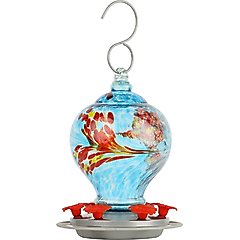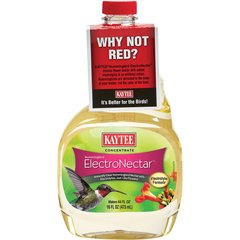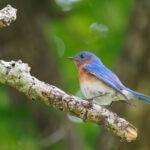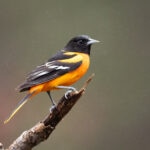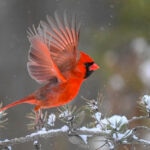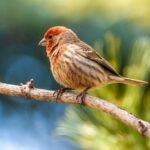Meet the Hummingbird: Types, Traits, and Where To Spot Them
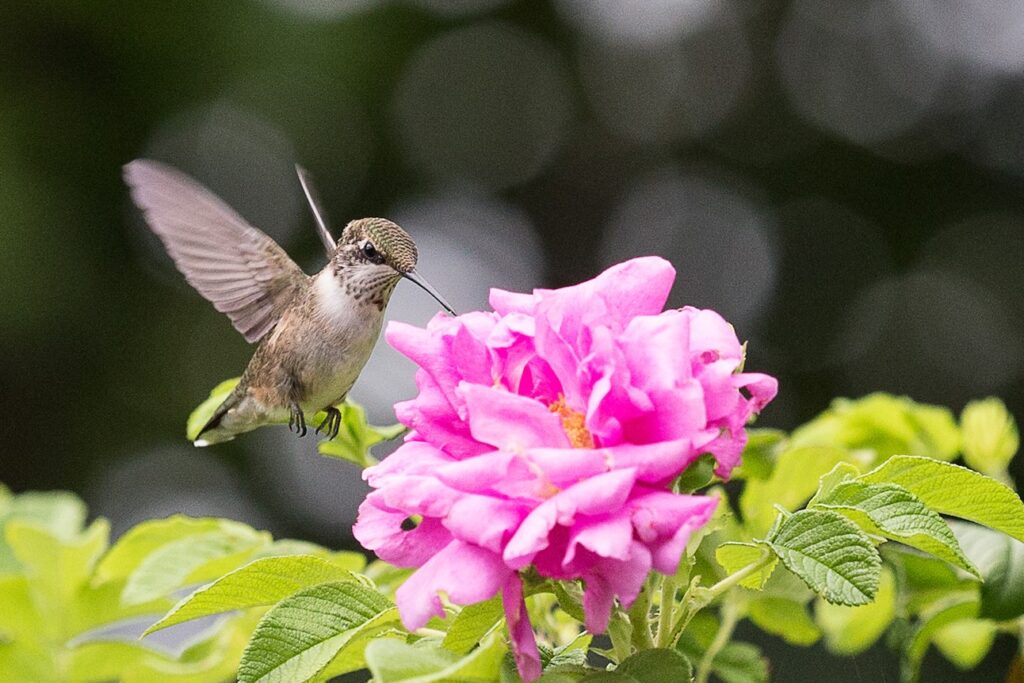
Photo by BDphoto/E+ via Getty Images Plus
If you’re lucky enough to spot hummingbirds in your yard, you’ll know they look very different from other birds who like to hang out near the bird feeder.
Hummingbirds may be small (some just 3 inches long!), but their energy demands are sky-high thanks to their quick-moving wings. That’s why you’ll usually find them zipping from flower to flower all day long.
Whether you’re spotting a blur of color in your backyard or setting up a feeder to attract new visitors, there’s always more to learn about these fast-flying wonders.
Key Takeaways
- Hummingbirds are tiny birds known for their rapid wingbeats, vibrant feathers, and ability to hover and fly backward.
- While there are over 300 types of hummingbirds, fewer than 20 are seen in the U.S.
- Hummingbirds migrate great distances in the Americas, and most are seen in the western U.S.
- To attract hummingbirds, plant nectar-rich native flowers and set out nectar in feeders.
What Is a Hummingbird?
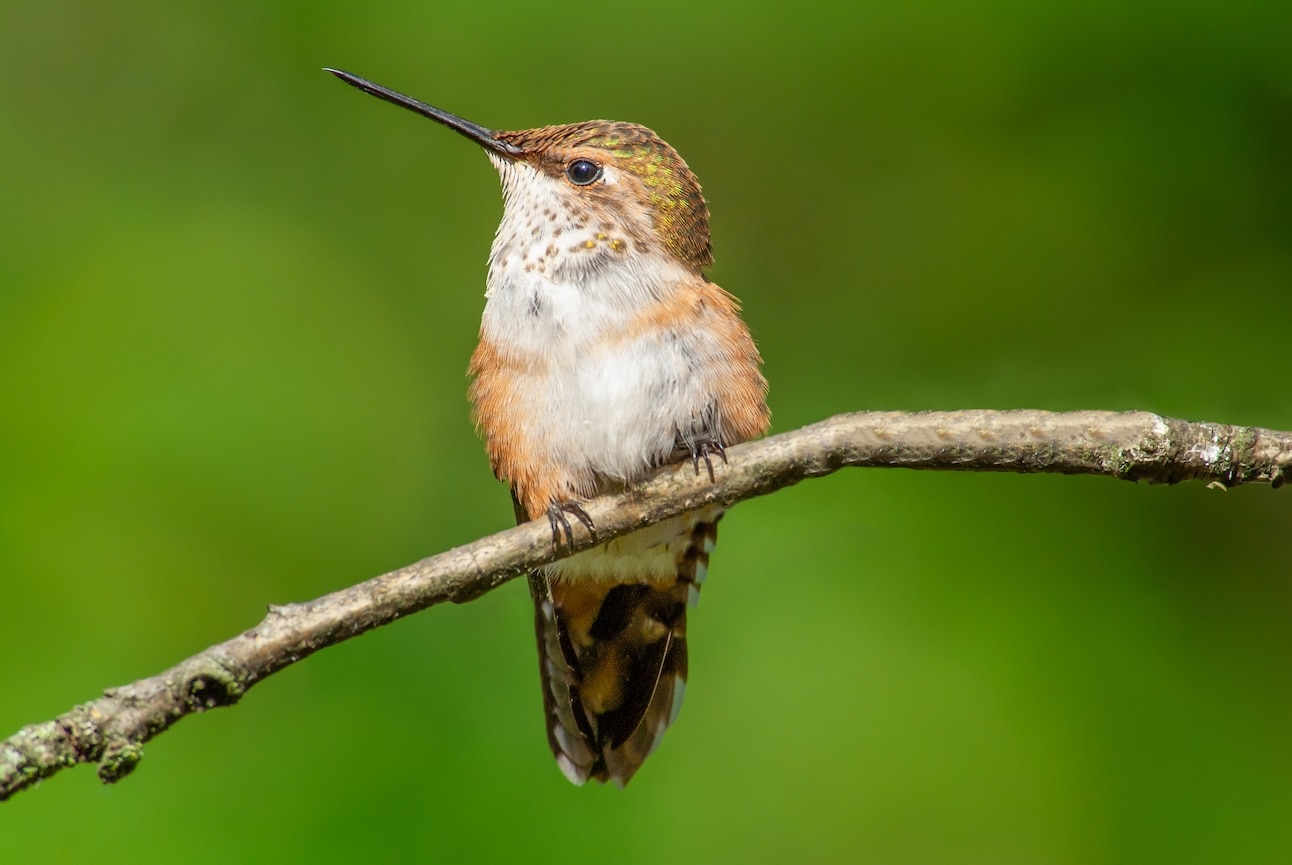
Photo by JeffGoulden/E+ via Getty Images Plus
Hummingbirds are small birds belonging to the Trochilidae biological family. They’re known for their jewel-colored feathers, needle-thin beak made especially for drinking nectar from flowers, ultra-fast metabolism, and wings that beat 50 or more times per second.
Those quick wings make it possible for hummingbirds to maneuver in ways many other birds can’t: Hummingbirds can hover like a helicopter, fly backwards, and fly as fast as 30 miles per hour.
Types of Hummingbirds
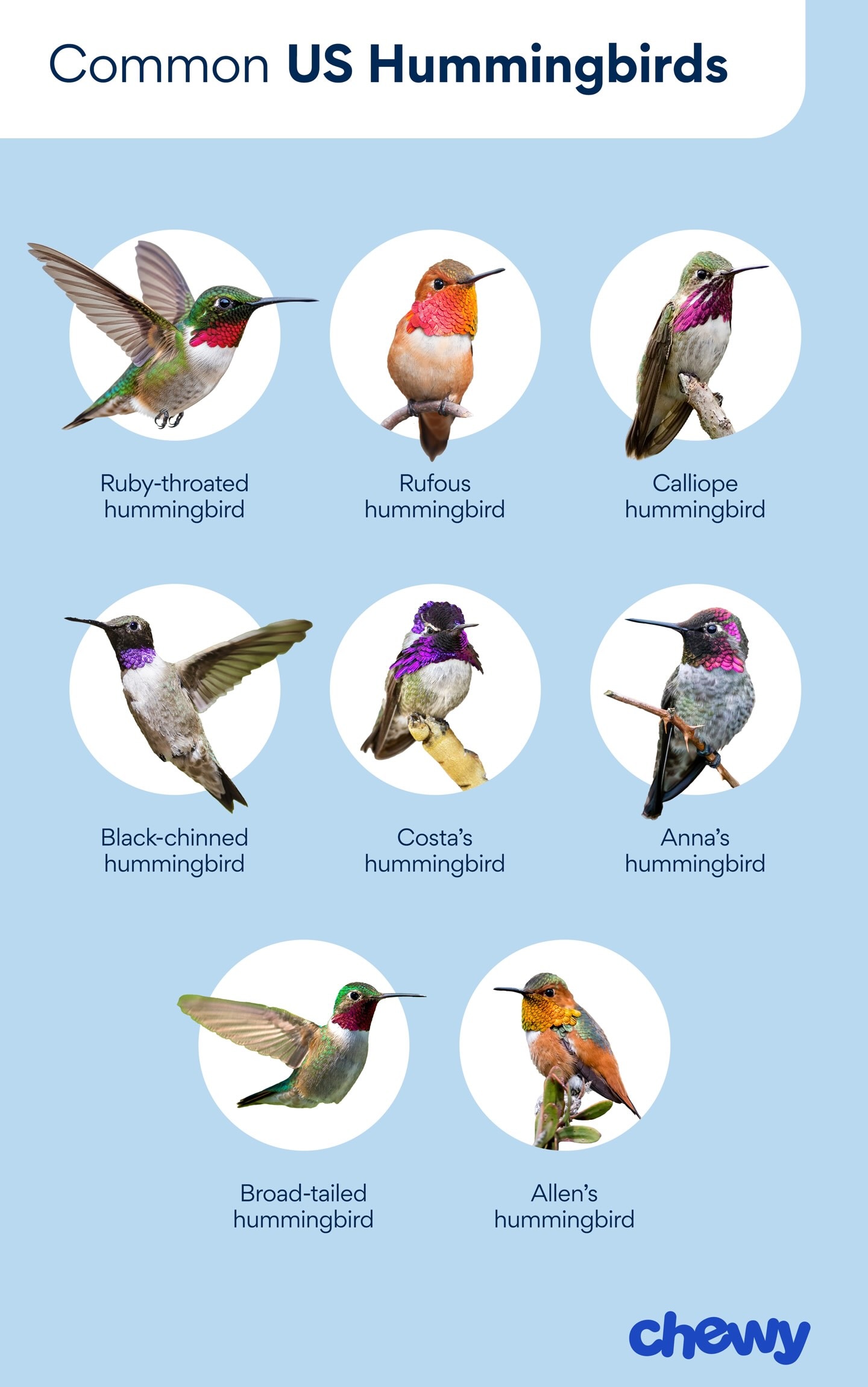
Photo by Chewy
There are over 300 hummingbird species worldwide, but fewer than 20 are commonly seen in the U.S. Some, like the ruby-throated hummingbird, are familiar east of the Rocky Mountains, while others like the costa’s or broad-billed hummingbird are regional stars of the Southwest.
Here are a few notable types of hummingbirds:
- Ruby-throated hummingbird: The only breeding hummingbird east of the Mississippi, these are one of the most well-known hummers in the U.S. Males have an iridescent red throat and green back.
- Rufous hummingbird: Known for their fiery orange color and feisty demeanor, these tiny birds travel incredible distances. They winter as far south as Mexico’s southern border, then travel to Alaska and northwest Canada during summer months. “They arrive in the yard with a real attitude!” says Tom Brown, site manager at the Paton Center for Hummingbirds in southeast Arizona. “Despite only being here for a month or two during migration, they’ll try to run the show.”
- Calliope hummingbird: This teeny tiny hummingbird is North America’s smallest bird. Look for their magenta throat streaks in the western U.S.
- Black-chinned hummingbird: These friendly birds are found throughout the Western U.S., from Mexico to Canada. “[They are] the chillest hummingbird we have,” Brown says. “Always happy to share, and quite willing to move to another feeder if challenged.”
- Costa’s hummingbird: A desert dweller with a bold purple crown, Brown affectionately calls them “bullies” of the feeder scene at the Paton Center: “They attach themselves to a feeder (or two) and drive every other hummingbird away.”
- Anna’s hummingbird: This hummingbird species has metallic green feathers, and males have a pink throat and crown. Anna’s hummingbirds live on the West Coast and, unlike most U.S. hummers, don’t migrate long distances.
- Broad-tailed hummingbird: With males showing off magenta-colored throat feathers, broad-tailed hummingbirds are found in western states like Colorado, Arizona, New Mexico, and Utah.
Where Do Hummingbirds Live?
Hummingbirds are found across the Americas, from Alaska to the southern tip of South America.
In the U.S., they’re most abundant in the West, especially in desert and mountain regions that have plenty of wildflowers to meet their mealtime needs. The ruby-throated hummingbird is an exception: They live in the eastern half of the U.S., where they can be found from Maine down to Florida.
Hummingbird Migration
Many birds migrate as seasons change, and many hummingbirds are long-distance migrants. “The bulk [of hummingbird species] migrate north in April and May, and then head south in August and September,” Brown says.
Take the Ruby-throated hummingbird, for instance. Every spring, these little creatures fly solo over the Gulf of Mexico—nonstop for up to 22 hours from Central America—where they spend the winter.
Rufous and Calliope hummingbirds head to the Pacific Northwest and as far north as Alaska in the summer. Some species, like Anna’s hummingbirds, travel shorter distances but may still migrate based on temperature and food supply.
What Do Hummingbirds Eat?
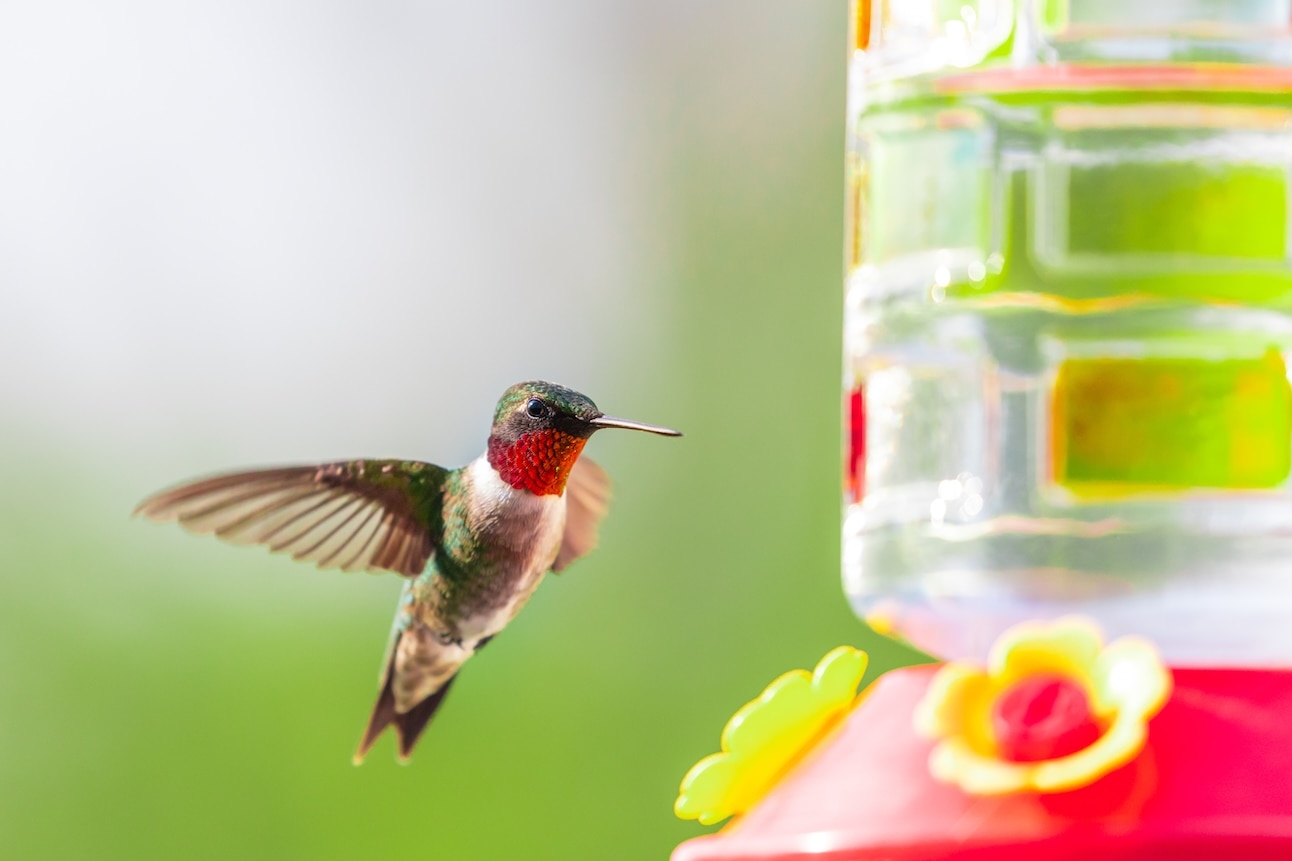
Photo by Adobe/Christine Glade
The hummingbird diet is a mix of nectar and small insects. The nectar from flowers and hummingbird feeders provides energy, while insects supply the protein they need to travel such long distances.
While adding a hummingbird feeder to your outdoor space can help attract them to your area, feeders alone can’t sustain all of a hummingbird’s food needs. David Mizejewski, a naturalist with the National Wildlife Federation, explains that having flowering plants and shrubs nearby will also keep hummingbirds well-fed, since they attract the tiny bugs that hummingbirds like to snack on as well.
How To Attract Hummingbirds
If you live on a hummingbird’s migration path, you can increase your chances of spotting them by curating your yard into their ideal habitat.
1. Grow Nectar-Rich Native Flowers
The number one thing that attracts hummingbirds to any space, Mizejewski says, is an abundance of native plants.
But not just any bloom will do: These birds are naturally attracted to the types of plants they’ve evolved to pollinate. Plant nectar-rich flowers native to your area. Some flowers that attract hummingbirds are bee balm, sage, coral honeysuckle, and buckeye.
2. Provide a Habitat for Nesting and Protection
“You want to build up a landscape that attracts them and allows them to thrive,” Mizejewski says.
Planting native flowers doesn’t just provide a source of nectar. These plants also provide a habitat both for the hummingbirds and the small insects that hummingbirds need to feed their young.
“All birds—including hummingbirds—require small bugs as a food source,” Mizejewski says.
Avoid pesticide use so the hummingbirds can safely eat the insects they need in their diet.
3. Offer a Water Source
Like all animals, hummingbirds need water to survive. Adding a birdbath or gentle water feature to your garden ensures they have a source of fresh water. This becomes extra important in dry summer weather.
Brown recommends a fountain or mister so hummingbirds can splash themselves in-flight.
4. Set Up Hummingbird Feeders
Though nectar alone can’t meet a hummingbird’s total dietary needs, hummingbird feeders can supplement their diet and attract them to your yard.
Fill your feeder with nectar like Kaytee Electro Nectar, or make your own hummingbird nectar by mixing water and white sugar: A 4-to-1 water-to-sugar ratio works well.
Recommended Products
Be sure to keep your feeders clean by washing them out every two to four days to prevent mold from growing inside. Replace the nectar after each cleaning.
5. Be Mindful of Predators
“Outdoor cats are extremely hard to keep away from feeders,” Brown says. “Place [feeders] high up and away from tree branches.”
The types of hummingbird predators can vary depending on where you live—in southeast Arizona, for example, “even roadrunners and praying mantises can pose a threat,” he says.
FAQs About Hummingbirds
How long do hummingbirds live?
The average hummingbird lifespan is three to five years in the wild, though some have been known to live longer. Banding studies have recorded individual hummingbirds over 9 years old.
Do hummingbirds sleep?
Yes, hummingbirds sleep. Hummingbirds enter a state of torpor—basically, a mini hibernation that allows them to slow their metabolism—at night and during cold weather to conserve energy.
What do hummingbirds need to survive?
Hummingbirds need food, water, shelter, and safe nesting spots to survive and raise their young. Native plants and clean hummingbird feeders help.
How fast do hummingbirds fly?
Some species of hummingbird can fly up to 33 mph and dive at 60 mph during courtship.
What do hummingbirds represent?
In many cultures, hummingbirds symbolize love, adaptability, and rebirth—small but mighty spirits who remind us of the beauty on earth. The hummingbird holds special significance to the Aztec culture and represents Huitzilopochtli, their god of war and the sun. It’s said that when an Aztec warrior dies in battle, they’ll be reborn as a hummingbird.
